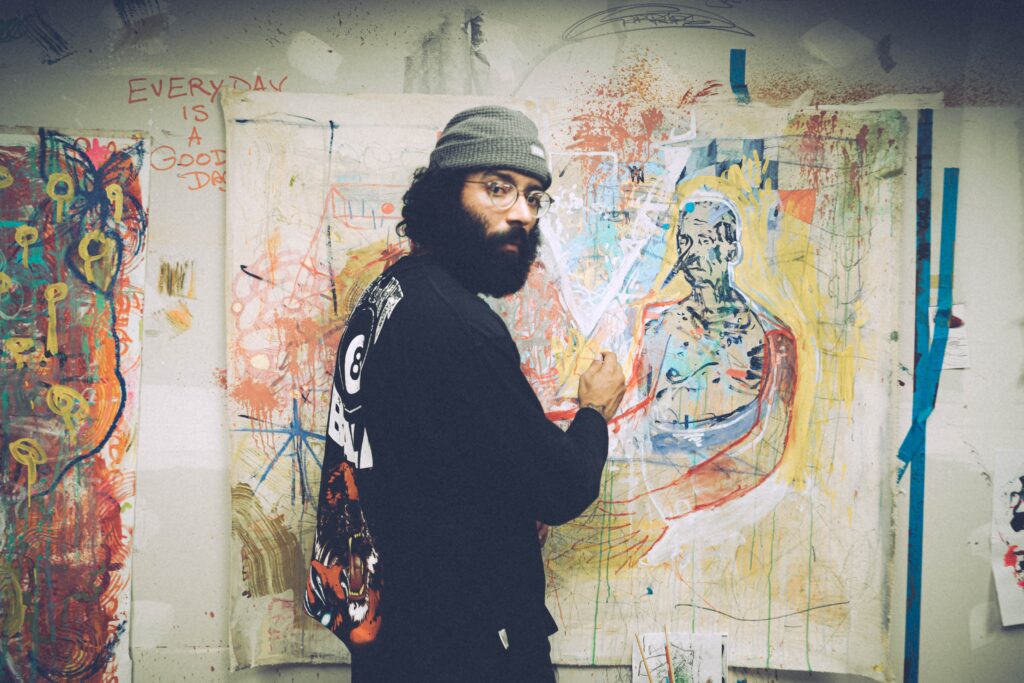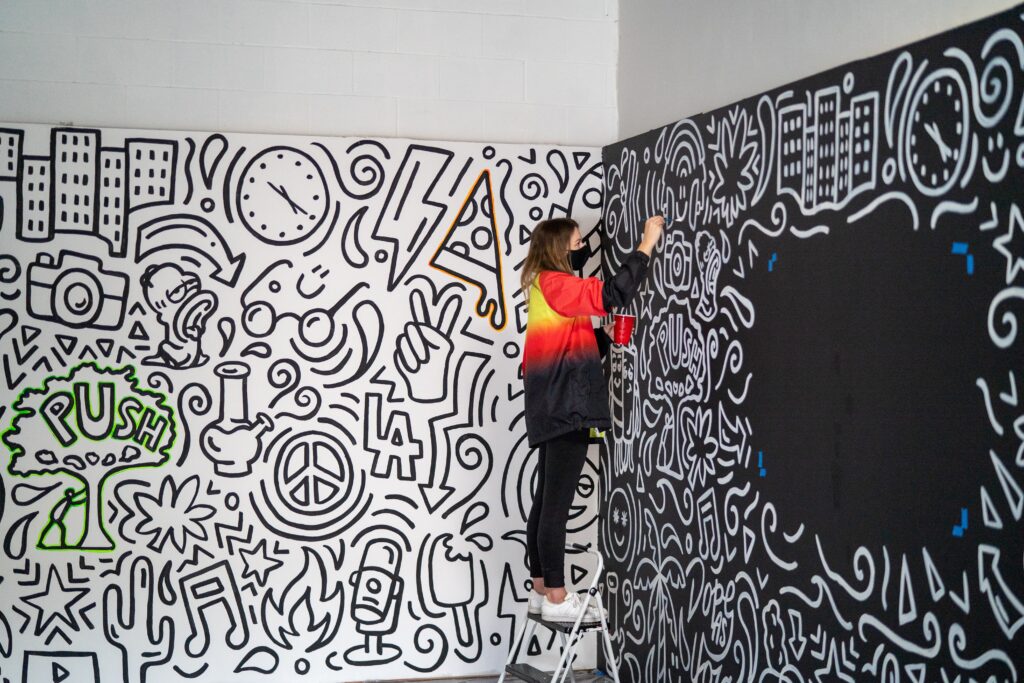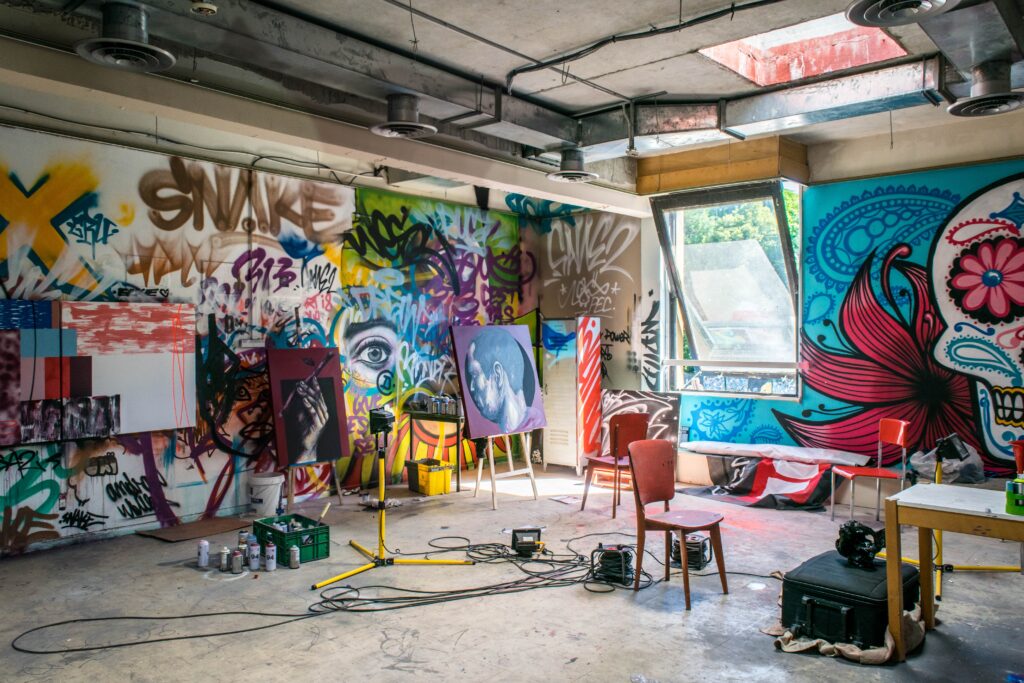Have you ever aspired to be a professional artist? If so, you’re in luck! Becoming a professional artist isn’t as difficult as it may seem. All you need to do is have the passion and dedication to create beautiful art. Here is a guide on how to become a professional artist. Read through to learn more.
Who is a Professional Artist?
Professional artist creates artwork to sell and exhibit their work. Professional artists often make their living by creating fine art that can be sold to galleries, collectors, and other venues. They also may create public art projects or teach classes in various media at universities and private art schools.
Read More: How Long Does It Take To Become An Economist?
How To Become A Professional Artist
Becoming a professional artist requires dedication, creativity, and a willingness to learn. Here are the steps you can take to become a successful professional artist:
Learn the Basics
Start by taking classes in art and design. This will help you understand art-making fundamentals such as color theory, composition, and technique. It’s also a great way to meet other aspiring artists who may become valuable contacts in the future.
Define Your Art Style
Before you become a professional artist, it’s important to define your style. You want to showcase your unique artistic vision and have a signature look that sets you apart from other fine artists. Take some time to experiment with different techniques, art galleries, materials, and mediums until you find something that speaks to you. Also, ensure you have a good art history. This will help people recognize your fine arts when they come across it.
Gain Experience

As a professional artist, gaining experience in the field is important. You can do this by attending digital art classes, participating in group shows, and entering competitions. This will help you build your portfolio and give you the confidence to show off your work. It also helps to connect with other professionals who may be willing to mentor you and provide advice on making it as an artist.
Build Your Portfolio
Your portfolio is an essential part of becoming a professional artist. It should showcase your best artwork that demonstrates your style and talent. You can also try art workshops to grow your skills. Make sure each piece included is well-crafted and presentable. Working with galleries or exhibiting at local events are great ways to start building your portfolio.
Promote Your Art
The final step in becoming a professional artist is to promote your work. Set up a website or social media page where potential buyers can learn more about your artwork. Share images of your pieces and provide contact information so interested individuals can reach out to you. You may also consider attending art shows or networking events to meet new people interested in buying your art.
Read More: How To Become A Car Detailer
How to Develop Your Skills as an Artist
There are a few things that every aspiring fine artist should uphold to become a professional. These are;
Quality Work
The first step in becoming a professional artist is to create quality artwork. It would help if you strived to develop your skills and find your style to create unique art pieces. It also helps if you are knowledgeable about the techniques used by other successful artists, as this will help you produce better work that stands out from the rest.
Effective and Unique Work
Another important factor for success as an artist is to market yourself and your artwork effectively. This includes creating a portfolio website where potential clients can view samples of your work and contact you for commissions or collaborations. Additionally, it pays to be active on social media platforms like Instagram and Twitter so that people know about you and what kind of artwork you produce.
Networking
Networking is essential for success as a professional artist. It would help if you took advantage of opportunities to meet other artists and potential clients. This could involve attending art shows or classes, joining local groups or organizations related to your area of interest, or collaborating with other artists online. By doing this, you will gain exposure and eventually make the connections that could lead to success.
Exceptional Portfolio

Creating a portfolio is one of the most important aspects of your journey to becoming an artist. Your portfolio should be filled with examples of your best artwork, so that potential clients can appreciate the quality of your work and decide if you are the right fit for them. In addition, it would be best if you kept it updated regularly, as this will demonstrate that you are dedicated to maintaining a high level of creativity and professionalism.
Read More: How To Become A Banker
Does One Need Education Become a Professional Artist?
Although having a degree to become a professional artist is not necessary, many artists find that having formal art education can be beneficial. Taking classes or workshops can allow you to learn new techniques, explore different mediums and develop your skills as an artist. Additionally, earning a degree in art may open up more job opportunities and provide you with the knowledge and experience needed to succeed as an independent artist.
Ultimately, becoming a professional artist requires dedication and hard work. Therefore, you should stay committed to honing your craft and developing your skills so potential clients can recognize the quality of your artwork. Additionally, taking advantage of any networking opportunities or creating effective promotional strategies will help you stand out from the crowd and make a name for yourself as an artist.
Read More: How To Become A Wax Technician
How Long Will it Take to Become a Professional artist?

On average, it will take you around 2-5 years to become a professional artist. This depends on how much time and dedication you are willing to put into honing your craft, networking with other artists and potential clients, and creating an effective promotional strategy.
Wrapping up
Becoming a professional artist can be a long and challenging journey, but the rewards are worth it. By working hard to develop your skills, taking advantage of networking opportunities, and creating an effective portfolio and promotional strategy, you will be able to make a name for yourself in the art world. With enough dedication and commitment, you can become a successful professional artist in no time!
